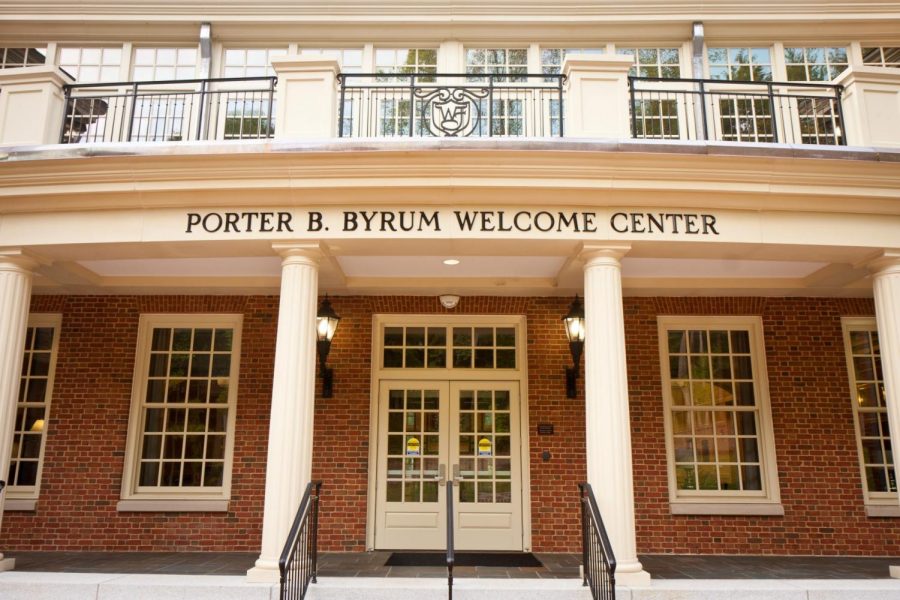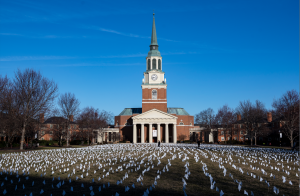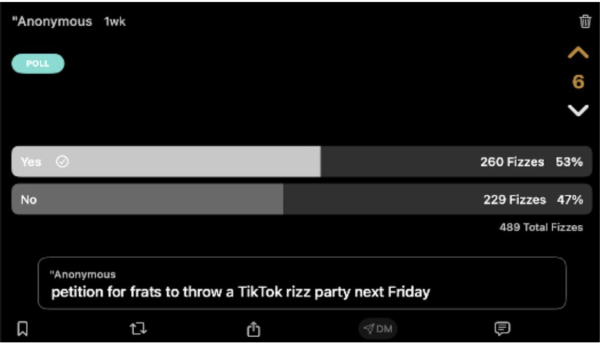Relocating universities amidst pandemic
Transferring college appears daunting, but is possible through dedicated effort
February 4, 2021
While it may seem impossible that any student who has had the privilege of tasting pit pasta could even fathom eating something lower than the gold standard, there are those on campus who feel as though Wake Forest may not be the best fit for them. Since the beginning of higher education, transferring has been critical in drawing in new perspectives to campus and releasing the population of “pit haters” back into the wild. Whether it’s the lack of connection to campus, dissatisfaction with inconsistent North Carolina weather, or simply the prospects of a fresh, unfamiliar campus, college transfer has allowed many Deacs and Deacs—to—be the ability to experience a new, and hopefully improved college environment.
As COVID-19 continues its rampage through the lives of college students and job seekers, leaving hopelessness and confusion in its path, several Wake Forest students have taken this opportunity to reevaluate their college experiences, causing some to realize that Wake Forest may not be the best fit for them. This is partially due to the fact that the online classroom setting has provided the time to reflect on what students appreciate about their current situation, and what continued values they hope to gain in the years to come.
In any case, the first step of the transfer process is evaluating whether or not the time and effort of transferring is worth the reward of a refreshed landscape. Having already been through the stress and sleepless nights of college applications, many transfer hopefuls find returning to this process daunting enough to suck it up and deal with their current schools. However, once the decision to transfer has been made, transfer applicants can begin their journey by deciding what schools have the majors, social environment, and resources that they long to see. With many Wake Forest individuals being naturally motivated, prestigious students, most Deacs find themselves applying to comparable schools, including: Vanderbilt, Georgetown, Duke and Tufts. And so long as Wake Forest’s grade deflation policy hasn’t absolutely tanked a student’s GPA, admissions should be smooth and painless.
Once a student has decided that transferring is the next logical step and has honed in on what school is offering what they seek, the transfer applicant may begin crafting the most essential aspect to their application: the personal statement. There is no one way to attack this portion of the application but it should accurately reflect the student’s experiences, personality and achievements in a concise and coherent manner. Admissions counselors are given the pleasurable task of reading thousands upon thousands of these applications, so writing an essay that stands apart from the others is essential.
One successful way of beginning the personal statement is by introducing yourself and the theme of your essay via personal anecdote. Whether the story is as fascinating as being chased through New Orleans by a band of angry musicians or as mundane as a first kiss, a story allows the reader to connect with the applicant on a personal level, providing insight into life lessons learned through experience and overcoming obstacles. Within this introduction, it is important to highlight the theme that will serve as a motif throughout the rest of the essay. It is also important to craft this essay to match the persona and qualities of the students at the school to which they are applying, the admissions reader should be able to tell that the applicant has done their research and will assimilate into campus smoothly.
After the application and personal statement are complete, applicants will have the opportunity to visit their desired campus, or complete an alumni interview, to demonstrate their commitment to receiving acceptance. During such an interview, it is critical to show up on time, dress for the occasion, and blow the interviewer away with charm, wit and no small amount of confidence.
With all these prerequisites completed, the only thing left to do is wait. For sophomore Patrick Crookenden, who transferred from Wake Forest to Vanderbilt, the change of scenery has been helpful.
“I applied just to see what would happen. When I got in, I realized this might actually be a good opportunity.” Crookenden said, “I initially applied because I was looking for a school in a bigger city, and I felt that Vanderbilt had a wider diversity of student body.”
Since transferring, Crookenden feels as though his adjustment to Vanderbilt’s campus happened seamlessly, having met several other transfers who share similar interests. Crookenden credits part of this ease of transfer to COVID-19, as the pandemic has caused a spike of transfers, and consequently put more students on his campus in his same position.
Another important component when considering transfer is whether or not credits will carry over. Luckily this process can most often be handled directly through administration. However, in some cases, courses will need to be retaken at the new college to ensure a student learns the information adequately. Applying for financial aid at the transfer university is also critical if finances play a role in college attendance. To secure financial aid, colleges recommend students apply early and inform financial services with updated, accurate information for an authentic aid package.
Transferring can be a daunting, lengthy process, associated with hours of essay writing, meetings and a host of application expenses. However, it can also be the gateway to a renewed college experience. And for those looking to take advantage of this ability to shift environments, transferring can be the portal to a home for the rest of one’s college life.






















